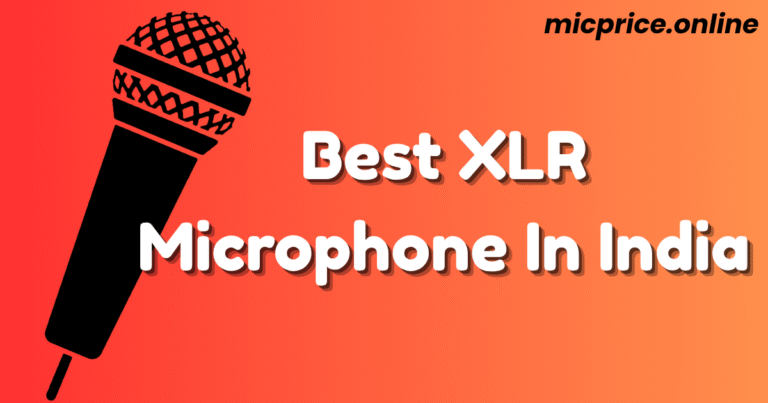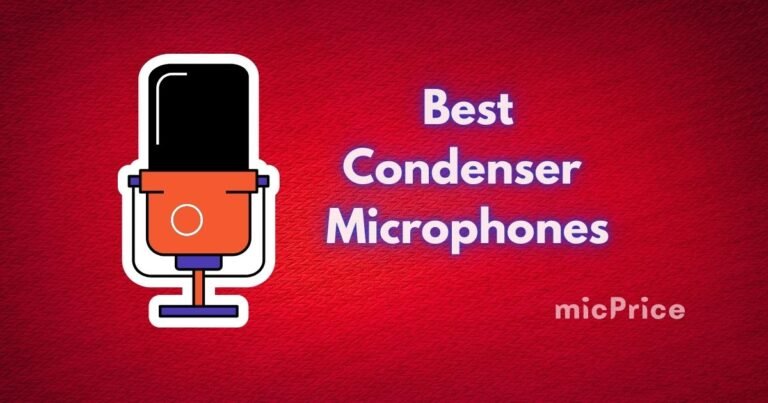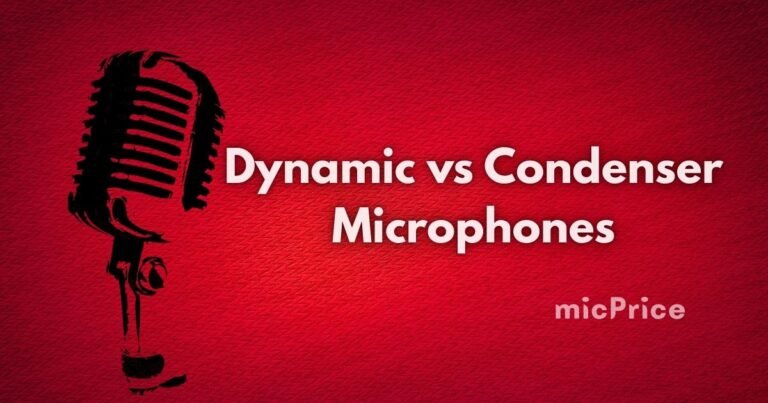USB vs XLR Microphones in India: Which Should You Buy?
When I bought my first mic years ago, I spent weeks researching USB vs XLR microphones in India. Honestly, it was confusing. Reviews were all over the place. Audio nerds argued specs I didn’t fully understand back then. And YouTube videos? Half were just affiliate sales pitches. Sound familiar?
Here’s the thing: choosing the right microphone is not just about specs. It’s about what you need for your work, your room, your style, and your budget. So today, let’s break this down like we’re having coffee together.
I’ll share what USB and XLR microphones are, their pros and cons from my real experience, examples of good options in India, who should buy which, a simple USB vs XLR comparison, and my takeaways. By the end, you’ll feel confident choosing your next mic without getting lost in specs. Let’s dive in.
Contents
Wait, What Exactly Is a USB Microphone?
Let’s start super basic. Don’t worry, I was confused about this too at first.
A USB microphone plugs directly into your computer via – yep – a USB port. No extra gear. It has an audio interface built into it.
Why do people love USB mics?
In my experience:
- They’re plug-and-play. You connect and start recording. No messing with mixers or audio interfaces.
- Great for beginners. If you’re podcasting, recording voiceovers, making YouTube videos, or teaching online, USB mics just work.
- Affordable. You can get a decent USB mic in India for ₹3,000-₹10,000. I started with a Fifine K669B (around ₹2,700 back then) and honestly, it was surprisingly decent for voiceovers.
But… (there’s always a but, right?)
What’s the downside of USB mics?
- Limited upgrade path. You can’t use them with professional audio setups later. They’re locked into USB.
- Lower audio quality ceiling. Don’t get me wrong – they sound great for YouTube or Zoom. But for studio-level music production, podcasts with premium sound, or film dubbing, they can’t match XLR mics.
- Less control. You can’t easily adjust gain structure or use preamps with USB mics.
And What About XLR Microphones?
XLR microphones are the traditional professional choice. They use a three-pin XLR cable to connect to an audio interface or mixer, which is then linked to your computer.
Why do professionals prefer XLR mics?
Here’s what I’ve observed in studios and with creators I’ve worked with:
- Superior sound quality. The clarity, warmth, and depth you get from an XLR mic with a good interface are unmatched. Period.
- More control. You can tweak gain, EQ, compression, and routing easily.
- Better upgrade path. You can swap mics, upgrade interfaces, use premium preamps… your setup grows with your skills.
For instance, I use a Rode NT1 (XLR) paired with a Focusrite Scarlett 2i2. This setup gives me clear vocals for my voiceover projects and rich, detailed sound when recording acoustic guitar.
But… (yep, again)
What’s the downside of XLR mics?
- They cost more. You’ll need the mic + audio interface + XLR cable. Even an entry setup costs around ₹15,000-₹20,000. That’s steep if you’re just starting.
- Not plug-and-play. There’s a small learning curve with gain staging and audio drivers.
- Less portable. You can’t just unplug and record on your laptop at a café (well, technically you can, but it’s a pain).
USB vs XLR Microphones: A Straightforward Comparison
Here’s a clear side-by-side breakdown to make this super easy:
| Feature | USB Microphone | XLR Microphone |
| Connection | Direct USB to the computer | Requires an audio interface or mixer |
| Setup | Plug-and-play | More complex setup |
| Cost (India) | ₹3,000 – ₹14,000 | ₹15,000+ with interface |
| Sound Quality | Great for content creation, calls, and basic VO | Superior for music, premium VO, and studio work |
| Portability | Highly portable | Less portable |
| Control | Limited gain and EQ control | Full control with interface/preamp |
| Upgrade Path | Limited – mic is standalone | Flexible – can upgrade mic, interface, preamps |
| Ideal For | Beginners, online teachers, podcasters, streamers | Musicians, professional voice artists, and studios |
In simple words…
USB mics are like ready-to-eat meals – convenient, quick, and satisfying for everyday use.
XLR mics are like a home-cooked feast – takes more prep but delivers a richer experience.
So, USB vs XLR Microphones in India: How Do You Decide?
Here’s what I tell anyone who asks me:
Go for a USB mic if…
You’re a beginner podcaster, YouTuber, online coach, or freelancer recording in your room
You want simplicity over flexibility
Budget is tight, but you still want a clear, professional sound
Good USB mics in India right now (2025 prices):
- Blue Yeti USB Mic (~₹10,000). Popular for its versatility. Has multiple polar patterns, ideal for solo podcasts and interviews.

- Fifine K669B (~₹2,700). Entry-level, surprisingly clear for voice calls, online classes, and basic content creation.

- Rode NT-USB (~₹14,000). Studio-level USB mic with excellent warmth for vocals.
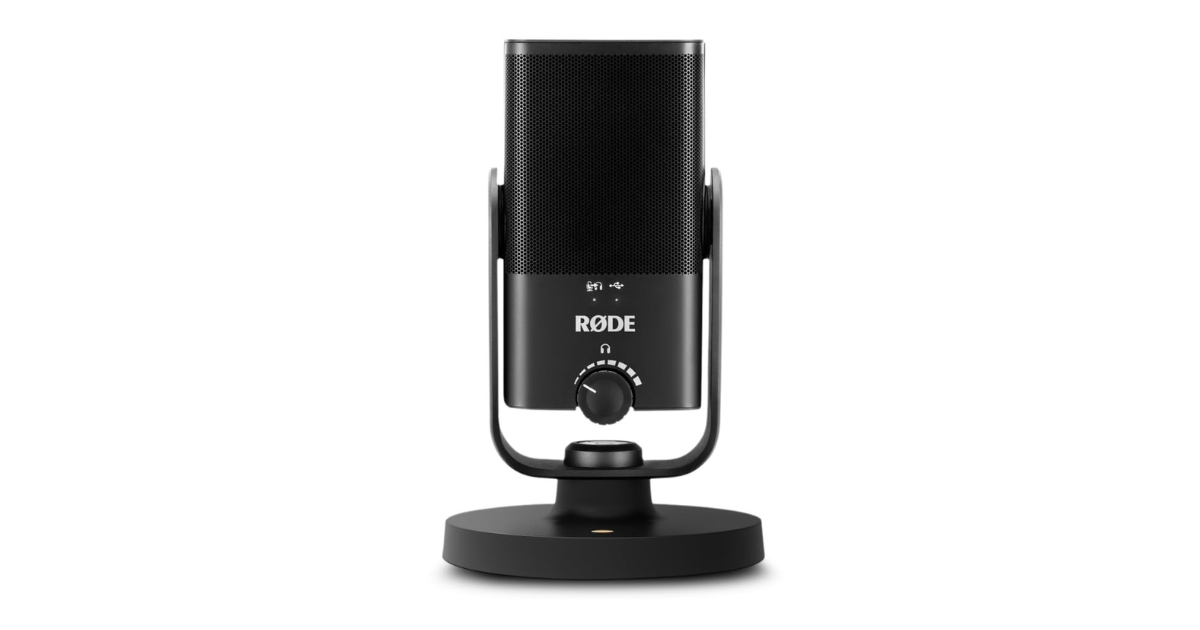
Choose an XLR mic if…
You’re serious about audio production, music recording, or premium podcasts
You plan to upgrade to a full home studio
You want maximum control over your sound
Great XLR mics available in India:
- Audio-Technica AT2020 (~₹7,500). Budget-friendly condenser mic, ideal for vocals and instruments.
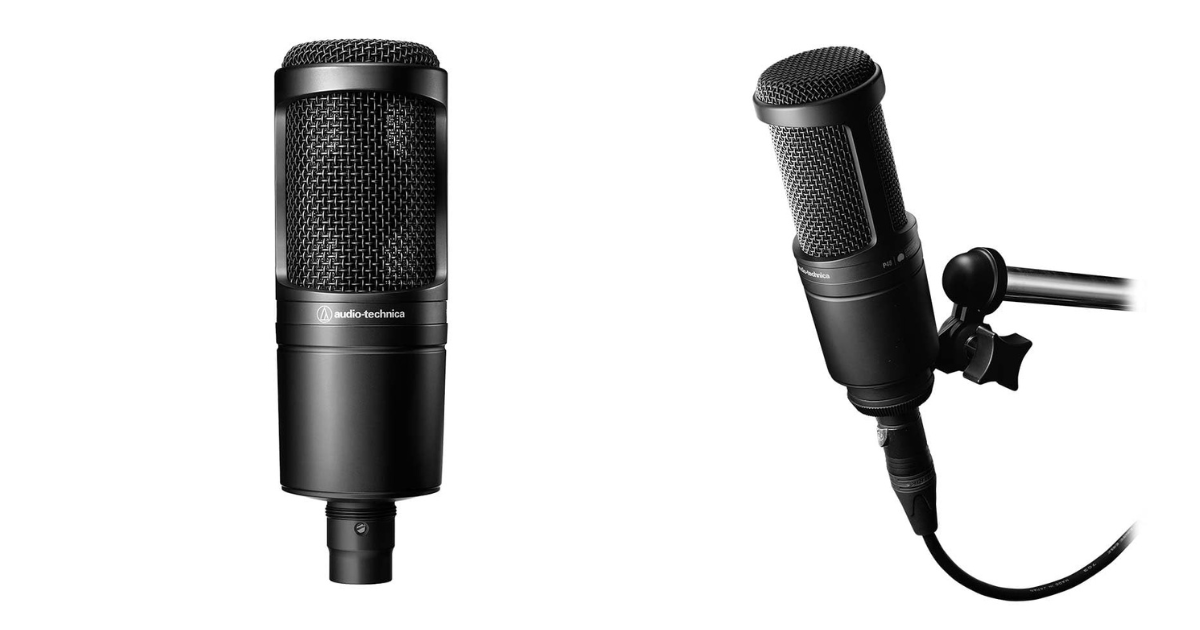
- Rode NT1 (~₹20,000 with kit). My personal favourite. Extremely low noise floor. Fantastic clarity for the price.
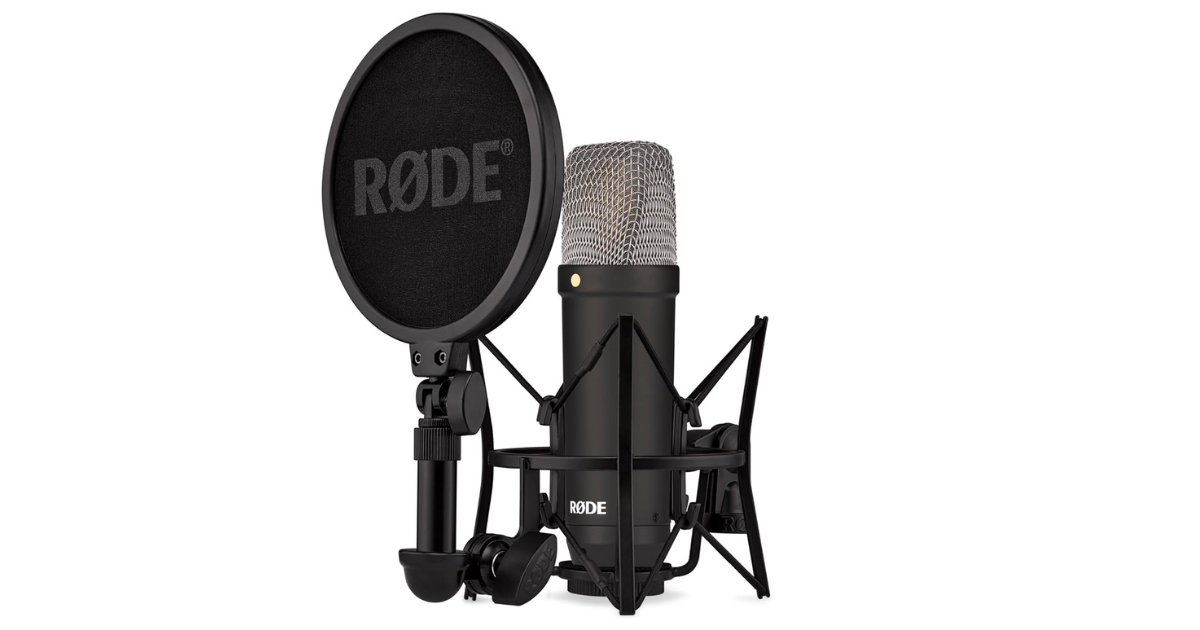
- Shure SM58 (~₹8,000). The classic dynamic vocal mic – robust, reliable, used on stages worldwide.

But remember: you’ll also need an audio interface like Focusrite Scarlett Solo or 2i2 (₹10,000-₹15,000 range).
My Personal Experience: What Do I Use?
Let me tell you a quick story.
When I first started recording voiceovers professionally in India, I used a Blue Snowball USB mic. At that time, clients were happy because the work was mostly for social media. But as I moved to eLearning narration, corporate explainers, and ads, I noticed something.
No matter how well I edited my USB recordings, there was a ceiling to the clarity. Breath sounds were harsher, low-end felt muddy, and loud sections clipped easily.
That’s when I invested in:
- Rode NT1 XLR mic
- Focusrite Scarlett 2i2 interface
- Basic foam panels for acoustic treatment
The jump in quality was immediate. Clients noticed it. Some even asked if I upgraded studios (which felt awesome, to be honest). But… I still use my old USB mic for Zoom calls, podcast guesting, and travel recordings. It’s just so convenient.
Speaking of Which… Does Audio Quality Matter That Much?
Here’s what I’ve learned working with podcasters, singers, and YouTubers:
Good content trumps gear. Your storytelling, performance, and editing matter more.
BUT…
A poor mic distracts your audience. That background hiss, echoey vocals, or tinny sound – people subconsciously tune out.
So yes, quality matters. But buy what you can afford and upgrade as you grow.
Actionable Tips Before You Buy Your Mic
- Know your use case. Streaming? Podcasting? Singing? ASMR? Different needs, different mics.
- Check compatibility. Especially with XLR interfaces and your laptop specs.
- Test acoustics. Even the world’s best mic sounds bad in an untreated echoey room.
- Watch Indian reviews. Room conditions, climate, and market availability vary here compared to US-based videos.
- Don’t overspend early. Start with what gets the job done professionally enough.
Final Thoughts: USB vs XLR Mics India
If you’re still wondering – here’s my honest, no-nonsense verdict:
- USB mics are perfect if you’re starting with podcasts, YouTube, online teaching, or freelance VO. You’ll sound miles better than laptop mics instantly.
- If you’re aiming for high-quality audio, studio recordings, or music production, XLR mics are a solid long-term investment. Just keep in mind that they require additional gear, and there’s a bit of a learning curve to set everything up properly.
Frequently Asked Questions
1. Can I use an XLR mic without an audio interface?
No, you’ll need an interface or mixer. Some mics (like the Rode PodMic USB) have USB versions.
2. Which is better for gaming, USB or XLR?
USB (like HyperX QuadCast) is easier, but XLR (like Elgato Wave DX) gives better quality if you have the budget.
3. Do USB mics work on phones?
Some do (like Rode NT-USB+), but check compatibility first.
4. Is XLR worth it for podcasting?
Only if you’re serious about audio quality. Most podcasters do fine with USB.
5. What’s the best budget XLR mic in India?
The Behringer XM8500 (~₹3,500) is a great starter mic.

